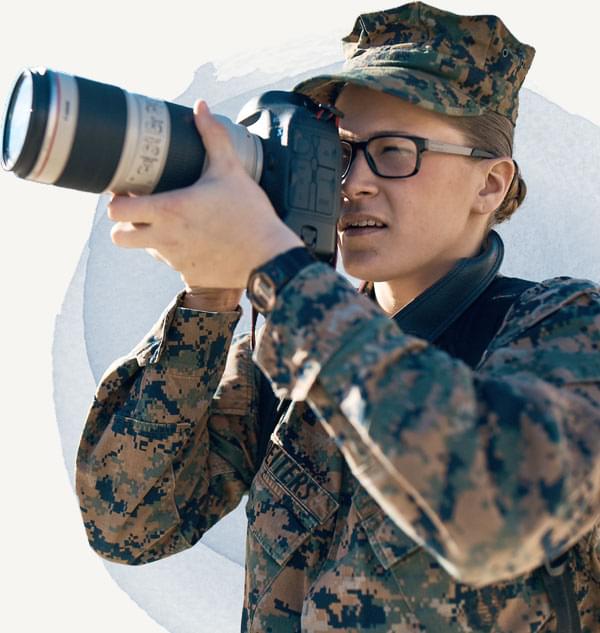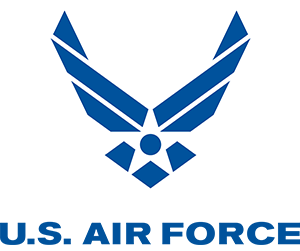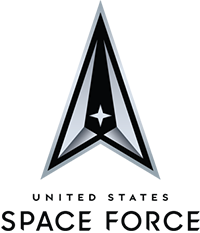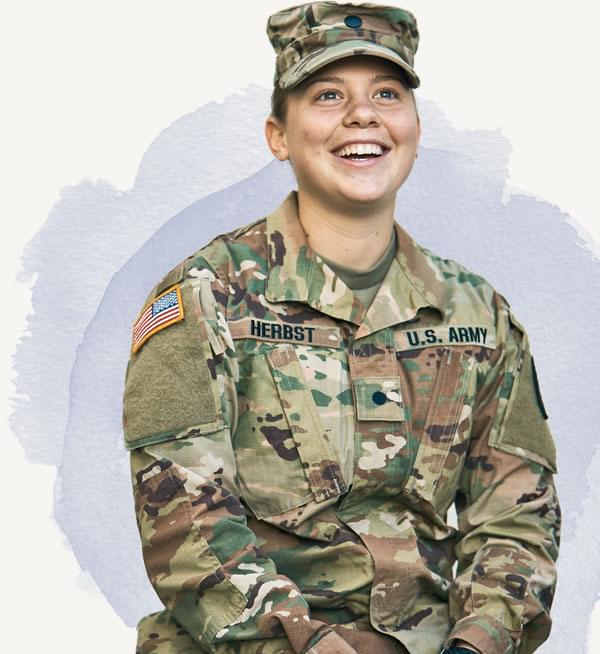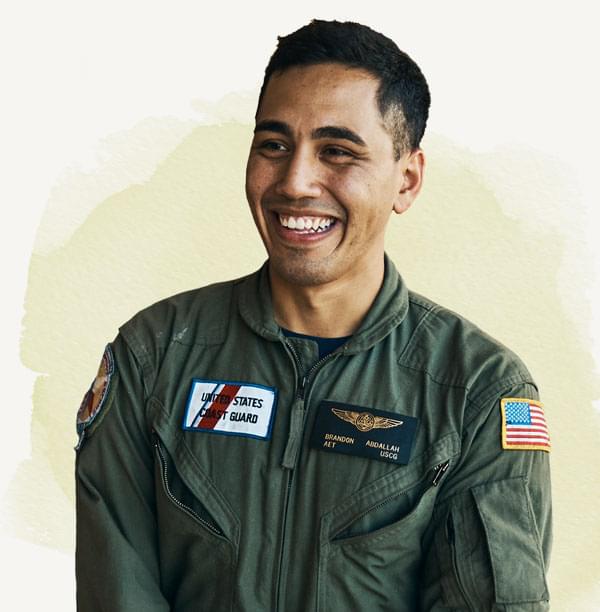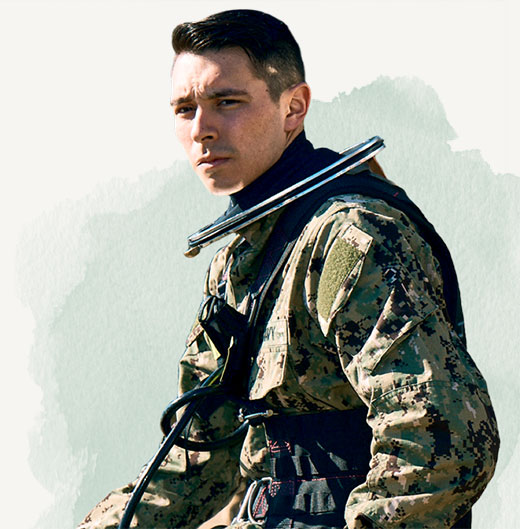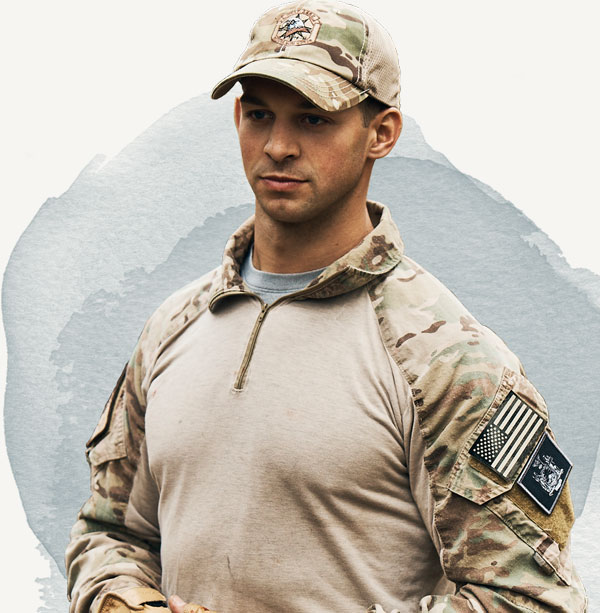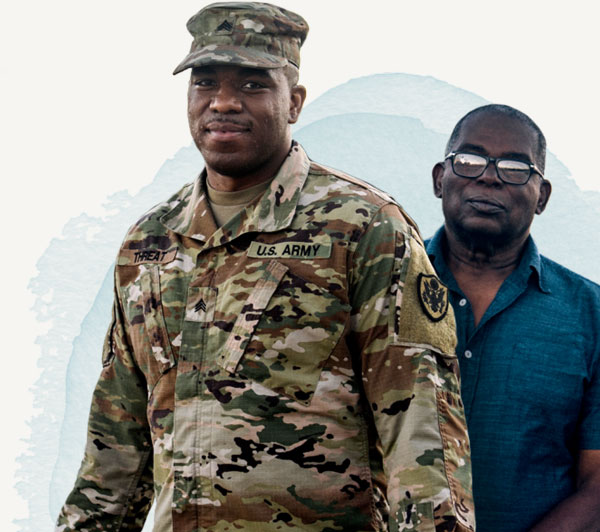ROTC cadets receive Cyber Defense education at West Point
US Army | Sep. 23, 2021


In order to enhance the Army’s defense capabilities against malicious cyber attacks, the U.S. Military Academy facilitated an eight-week summer internship program designed to provide real-world futuristic cyber research experience to Reserve Officers’ Training Corps cadets at the Army Cyber Institute.
The ROTC cadets worked in teams of three on various projects ranging from advanced radio communications to developing an innovative malware detection program.
Class of 2023 Cadet Meghan O’Loughlin, Class of 2022 Cadets Param Mehta and Mandeep Singh worked on a project called APIAN, a malware detection system and engine that looks for patterns in system calls, and alerts a user on malicious activity.
With guidance from Maj. John Rollinson, a research scientist at the Army Cyber Institute at West Point, O’Loughlin and her team worked with a Linux version of the system that Rollinson created, and implemented it into a Windows computer to present the software in a more adaptable, user-friendly way.
Moreover, a line of code was created to remember past attack sequences and alert the user if they are being attacked.
“Right now, it’s less of a large-scale defense project and more so a detection program,” O’Loughlin said. “Instead of defending against the next attack, it’ll alert you that you are being attacked, which might allow you to shutdown certain systems. In some sense, you are preventing a larger scale attack and you’re also more aware of what’s happening. Often, people don’t realize until they try to access a file two months later that two months ago their file was rewritten or erased.”
In the realm of radio communication, Class of 2022 Cadets Joseph Bofani, Preston Robbins and Class of 2024 Cadet Zachary Garfield worked with Col. Stephen Hamilton, the Chief of Staff at the ACI, on his brainchild project aptly named ‘Hiding in the Spectrum,’ Bofani said.
The project focused on capturing communications by applying a distinct modulation technique used to camouflage a radio signal to avoid enemy detection.
“Traditionally, we see radio waves in the spectrum analyzer like the two-dimensional wave signal that goes up and down, but that’s not how waves actually look,” Bofani added. “Radio waves are 3D objects, so we’re running a program that we modified to capture that wave, and then make a 3D rendering of it.”
For the cadets’ project, they used Hamilton’s program to take the in-phase and quadrature signals data, also known as IQ, for radio transmission and used that data to create a realistic 3D rendering of a radio wave, Bofani said.
“Typically, people are used to only looking at waves in the frequency domain,” Bofani added. “By combining the IQ data we look at in the time domain, we get that 3D rendering which is the radio wave in its real form.”
Bofani said one of the most challenging aspects during the internship was learning about radio theory. He, along with the other cadets, also learned how to operate hardware and software of various radios, including software-defined radios and military and civilian radios.
In addition, the cadets also learned Bash scripting, radio communication security, how to analyze waveforms, among other core elements of radio theory.
Subsequently, on the final week of the course, Bofani, O’Loughlin and the rest of the cadets who worked on their perspective projects conducted a presentation on Aug. 30 before an audience of instructors and researchers detailing all the work, nuance and innovation that went into the development of the products.
Following their presentation, members of the audience asked questions.
As the event culminated, the cadets received certificates for completing their required tasks during the internship.
“We’d just like to thank all you guys for listening and we’d like to thank ACI for this absolutely incredible opportunity,” O’Loughlin said. “I know I speak for the three of us and I’m sure I speak for everyone in this room when I say that this was an awesome experience.”





